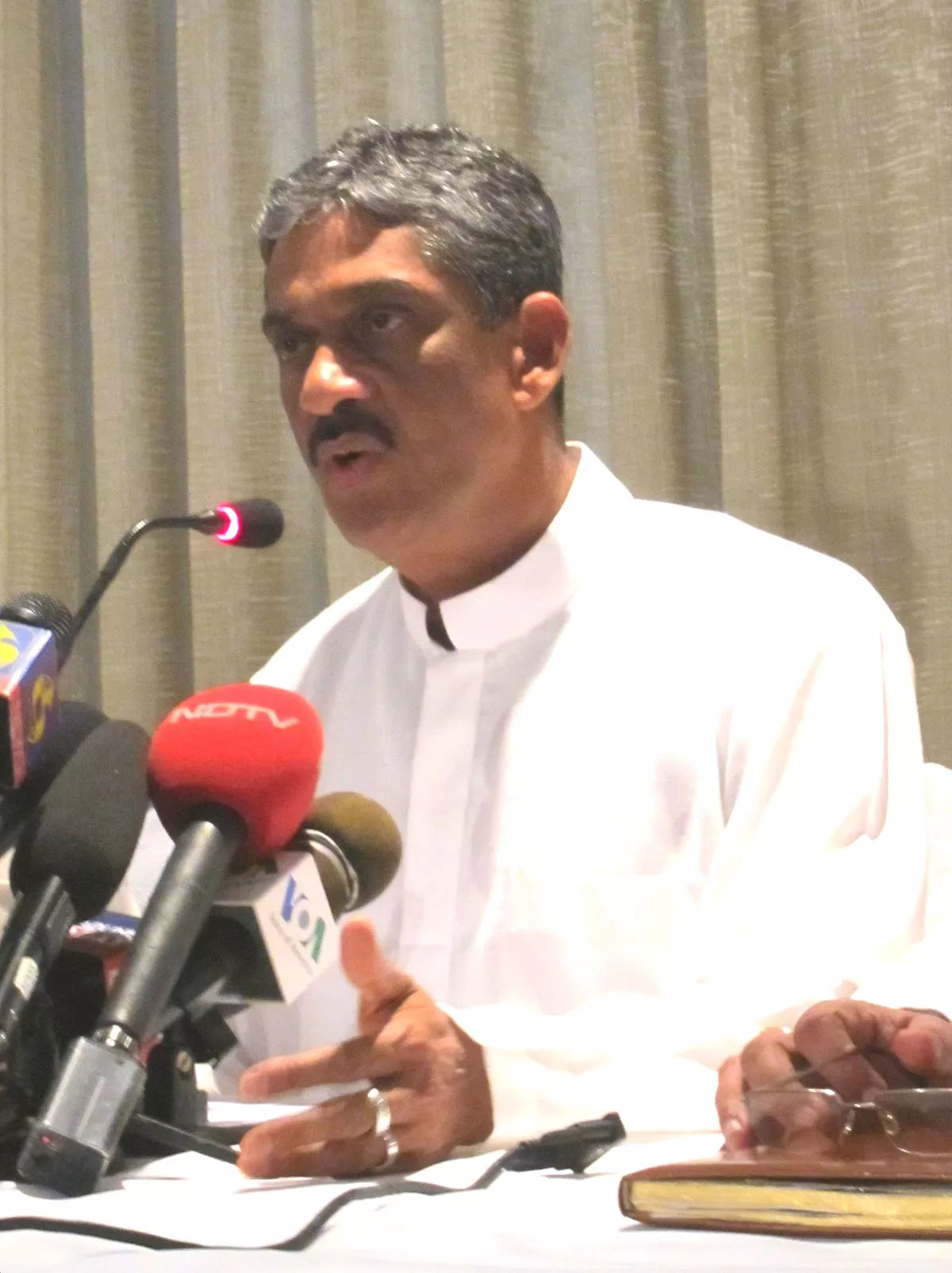 1.
1. Sarath Fonseka was the eighteenth Commander of the Sri Lankan Army, and under his command the Sri Lankan Army ended the 26-year Sri Lankan Civil War in 2009, defeating the militant group Liberation Tigers of Tamil Eelam; he thereafter briefly served as the Chief of Defence Staff.